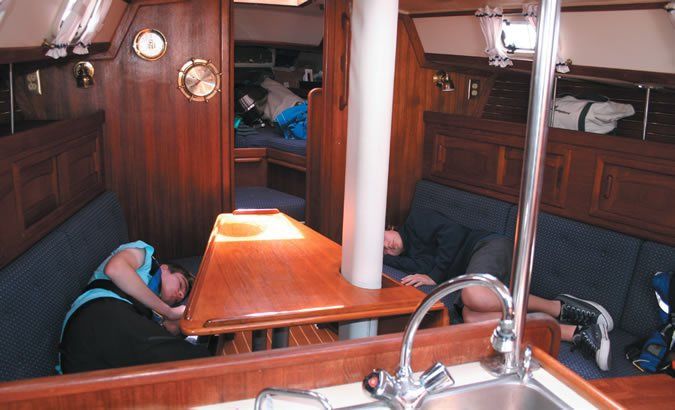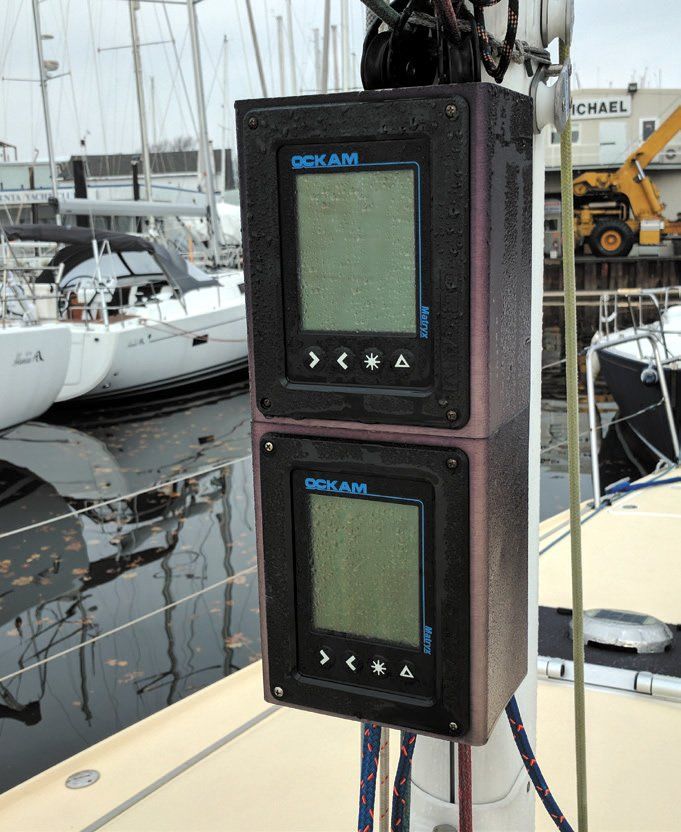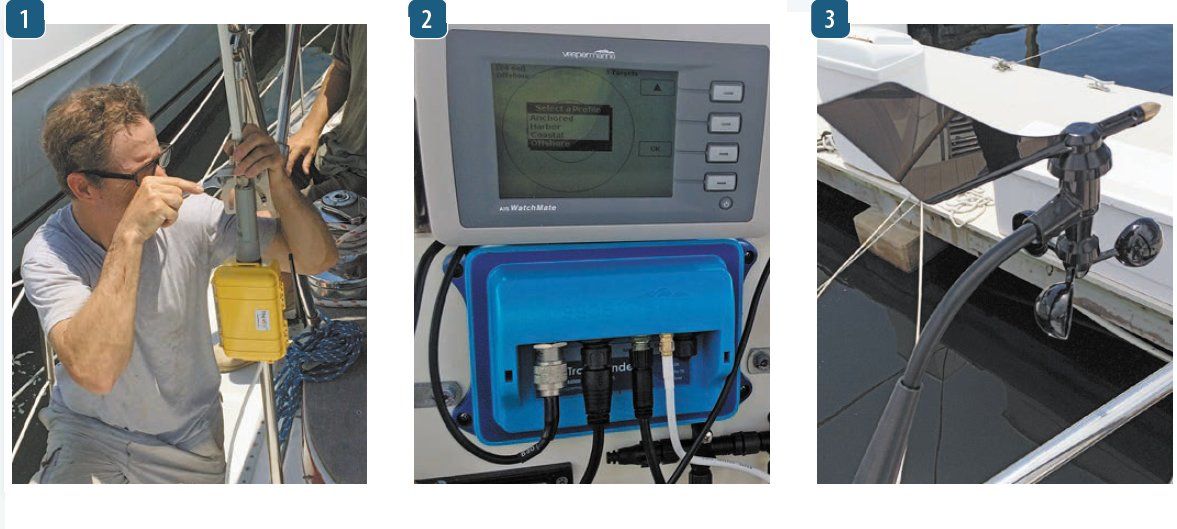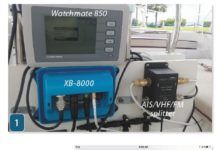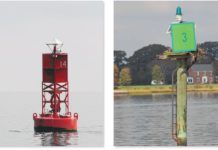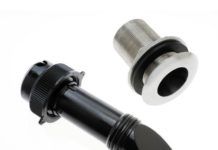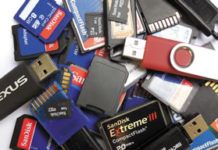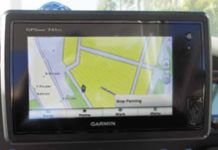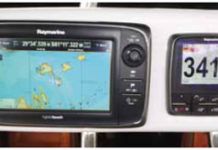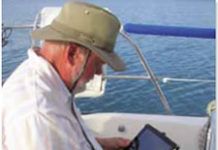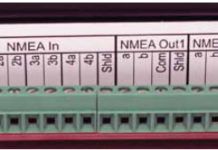Printing Your Own Charts While on Board
I am a novice sailor, but after taking a few more courses, I plan to buy a 30- to 50-sailboat with a few other aficionados. Two questions:
Vesper Class B AIS Sea Trial
During a recent passage from Sarasota, Fla., to Havana, Cuba, Practical Sailor had the chance to compare the new Vesper XB-8000 Class B AIS transponder with its predecessor, the Vesper Watchmate 850, a stand-alone Class B AIS transceiver that earned our Best Choice pick back in 2013.
USCG Now Allows Digital Instead of Print Charts
Heralding in a new era for electronic navigation, the U.S. Coast Guard recently published guidance that allows mariners to satisfy chart-carriage requirements using electronic charts and electronic publications instead of paper ones.
In the Perfect Position to Fail
For centuries, navigators have been coping with two key variables that convey major consequence. The first is the quest for an accurate position fix, and the second is the hope that the chart theyre using is an accurate representation of their surroundings. Up until a couple of decades ago, cartographers were winning out and chart accuracy trumped sextant-derived fix accuracy. The tide has turned.
Sonar that Sees Whats Ahead
Most depthfinders are historical instruments. They collect and display information from the recent past-not the best arrangement for the sailor. By the time the sounder indicates a shoal, its already beneath you. But this is changing rapidly.
Playing with Cards
As we dug into the topic of electronic storage media-the memory cards we use for routine software updates on our marine electronics-we found that even the makers of our marine electronics were a little confused about which memory cards worked with their own systems. We soon realized that a data table indicating which cards worked with which electronics would be very handy. It was one of those easier-said-than-done enterprises that dragged on for weeks. Hopefully, our tables, compiled by PSs resident electronics expert, Bill Bishop, will be helpful as you dust off your chartplotter for the coming season.
Garmin 741xs Goes Wireless
Planned obsolescence is probably the most irksome way to keep manufacturing costs down and inspire us to buy stuff. Each time a new or updated line of multi-function devices appear, we ask ourselves if the new version represents real value, or are the engineers just adding another tower to their Lego castle, while the marketing folks ponder adding an umlaut or X to the product name.
Ray e7 Gets Makeover
For a more detailed look at the product, see our initial report in the July 2012 issue online. Heres a quick recap. The e7D is part of Raymarine eSeries HybridTouch line of multifunction displays (available in 7-, 9-, 12.1- or 15.4-inch display sizes) that combines touchscreen interface with a joystick-like unicontrol and features Bluetooth and WiFi connectivity. After our first report, Raymarine identified a touchscreen issue with some e7 and e7D plotters (see PS March 2014 online). A campaign to replace problematic devices with refurbished units is ongoing.
Wireless Multiplexers
Before we plunge headfirst (again) into the world of multiplexers with this test report, heres a quick review of what exactly were talking about. If you have older instruments or a GPS networked to send information to other devices (a multi-function display, laptop, etc.), the information is likely in NMEA 0183 format and is sent in sentences in a set order. For example, the NMEA sentence $GPAAM,A,A,0.10,N,WPTNME*32 is an arrival alarm sentence sent by a GPS to various networked devices upon arrival at a waypoint.
A NMEA 2000-and Beyond-Survival Guide
NMEA 2000 (aka NMEA 2K or N2K) is the communication standard replacing NMEA 0183. It is a technical standard (IEC 61162-3) used for connecting marine sensors and display units within a boat. The major differences from NMEA 0183: NMEA 2K operates at 250 kilobits-per-second, about 100 times faster than the 4,800 baud of NMEA 0183.

































